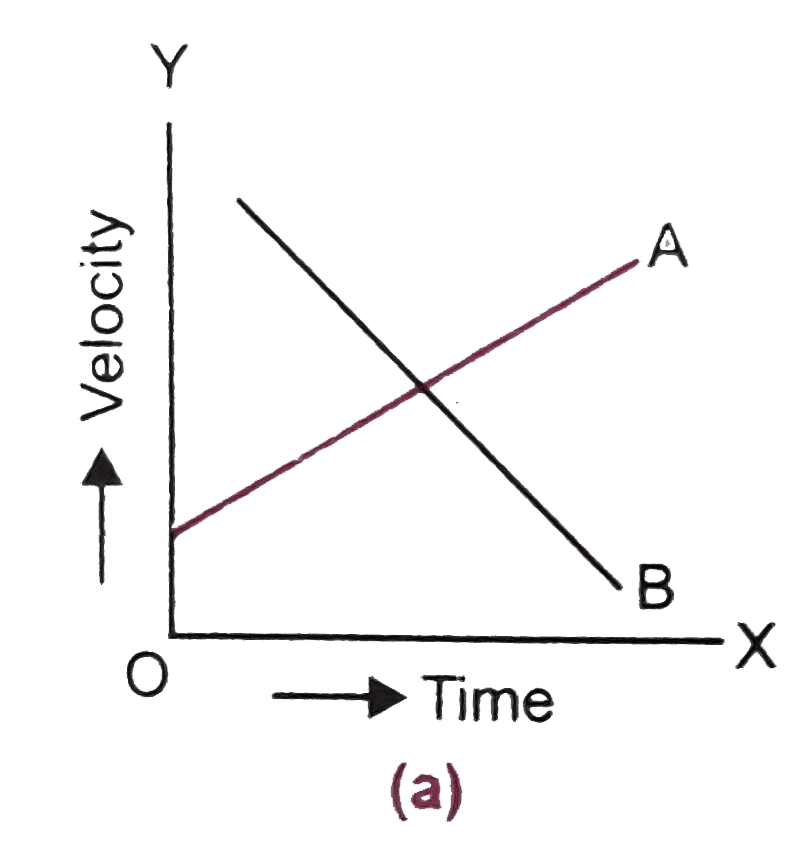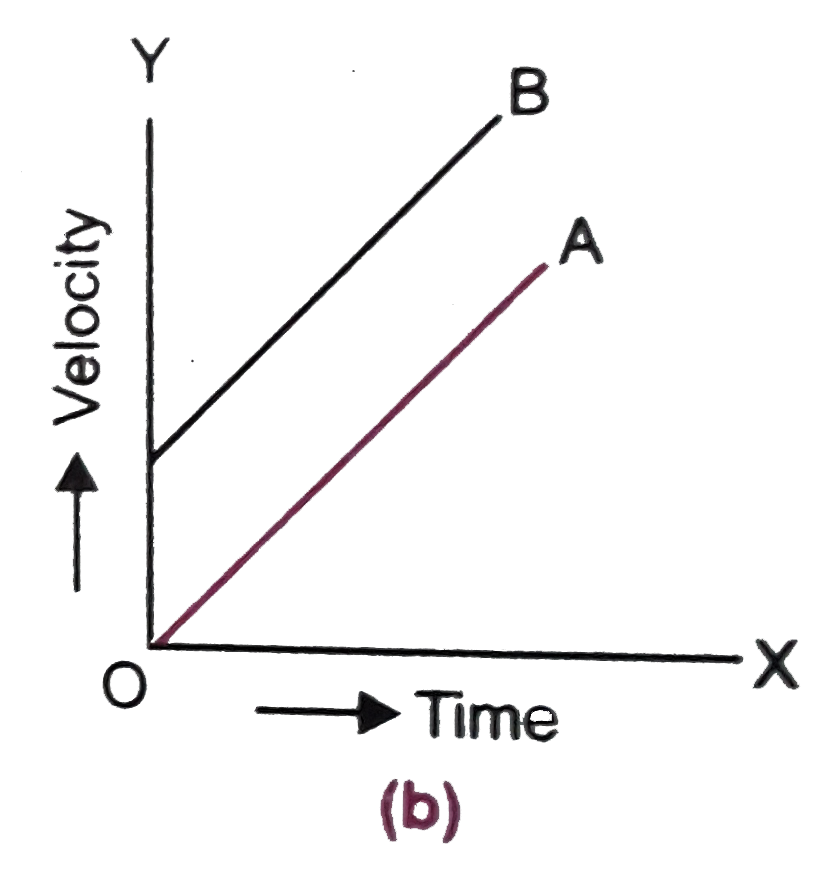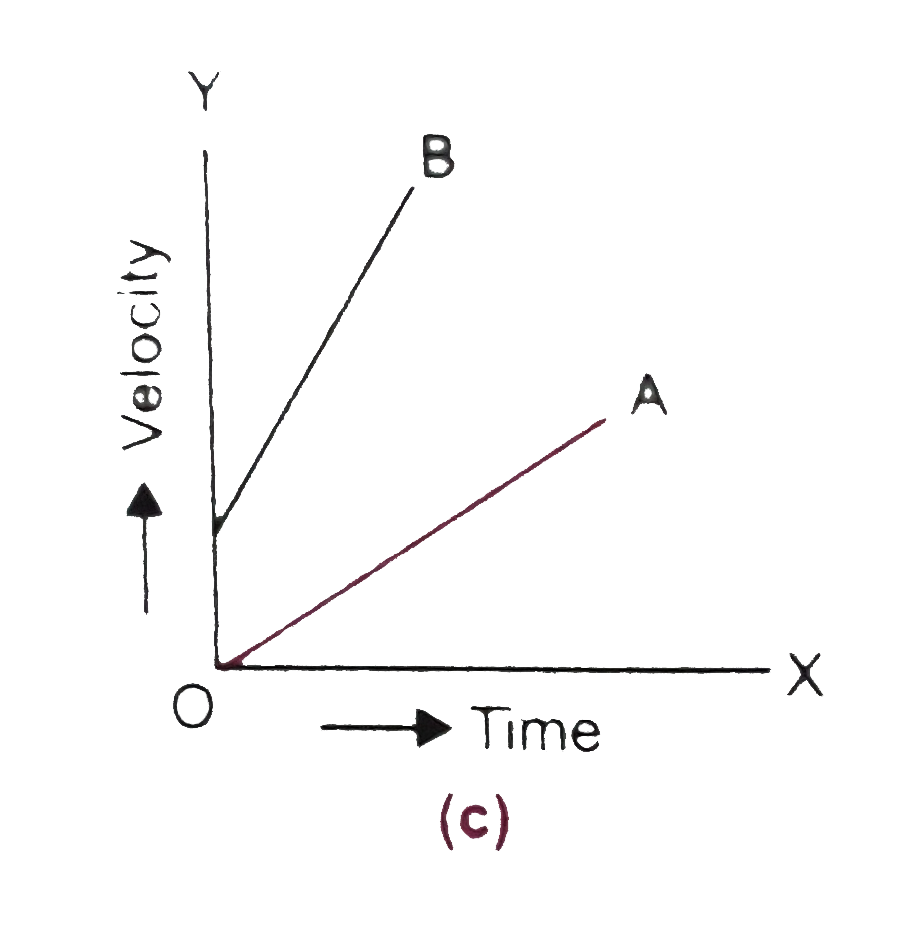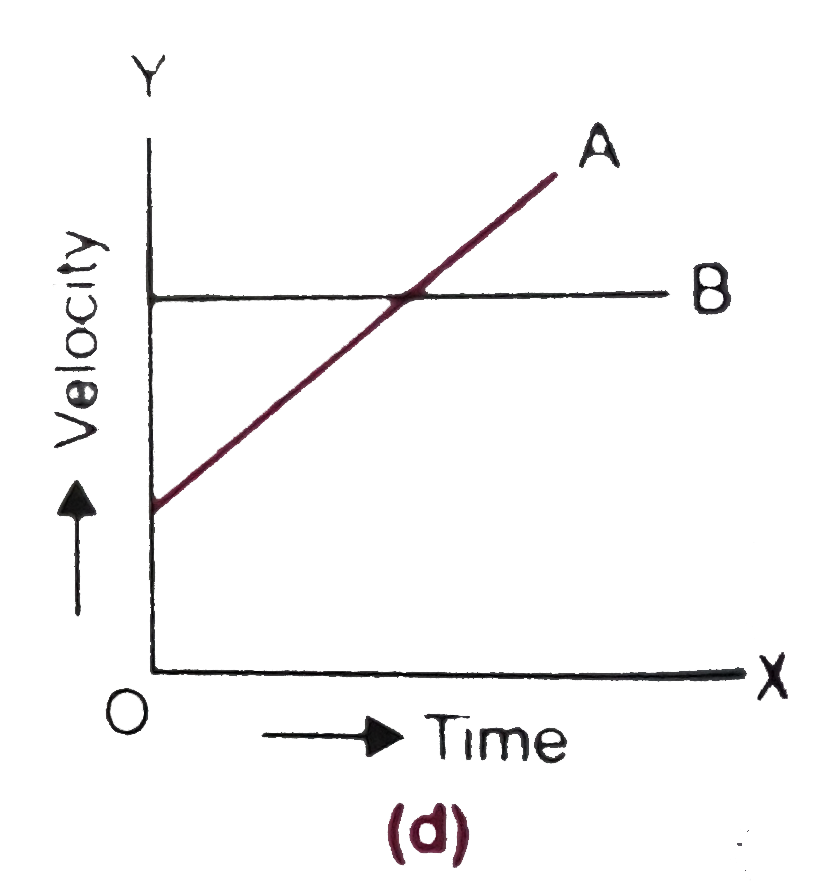A
B
C
D
Text Solution
Verified by Experts
The correct Answer is:
|
Topper's Solved these Questions
KINEMATICS-1
CENGAGE PHYSICS|Exercise Assertion-reasoning|5 VideosView PlaylistKINEMATICS-1
CENGAGE PHYSICS|Exercise Linked Comprehension|30 VideosView PlaylistKINEMATICS-1
CENGAGE PHYSICS|Exercise Graphical cancept|1 VideosView PlaylistGRAVITATION
CENGAGE PHYSICS|Exercise INTEGER_TYPE|1 VideosView PlaylistKINEMATICS-2
CENGAGE PHYSICS|Exercise Exercise Integer|9 VideosView Playlist
Similar Questions
Explore conceptually related problems
Knowledge Check
A
B
C
D
Submit
A
B
C
D
Submit
A
B
C
D
Submit
Similar Questions
Explore conceptually related problems
CENGAGE PHYSICS-KINEMATICS-1-Multiple Correct
- Cleck up the incorrect statements in the following :
03:14
|
Play - A block slides down a smooth inclined placne when released from the to...
03:39
|
Play - A car accelerates from rest at a constant rate of 2 m s^(-2) for some ...
03:42
|
Play - At t=0, an arrow is fired vertically upwards with a speed of 100 m s^(...
07:04
|
Play - Two bodies of masses (m(1)) and (m(2)) are droppded from heithts h(1) ...
03:54
|
Play - From the top of a tower of height 200 m, a ball A is projected up with...
04:33
|
Play - A body starts from rest and then moves with uniform acceleration. Then...
02:20
|
Playing Now - Which of the following statements is//are correct ?
02:29
|
Play - The body will speed up if .
03:48
|
Play - Average acceleration is in the direction of .
02:14
|
Play - A particle is projected vertically upward with velocity u from a point...
03:59
|
Play - A particle moves along a straight line its velocity dipends on time as...
04:30
|
Play - The velocity time plot for a particle moving on straight line is show...
03:18
|
Play - The figure shows the velocity (v) of a particle plotted against time (...
03:44
|
Play - The displacement of a particle as a function of time is shown in . It ...
02:05
|
Play - A particle moves in a straight line with the velcity as shown in. At t...
06:04
|
Play



